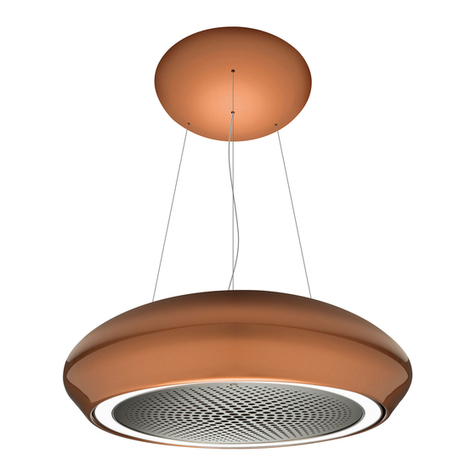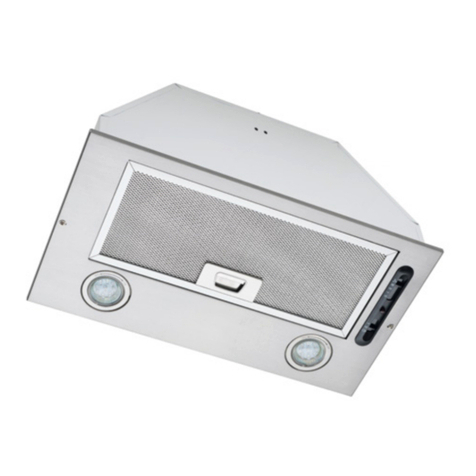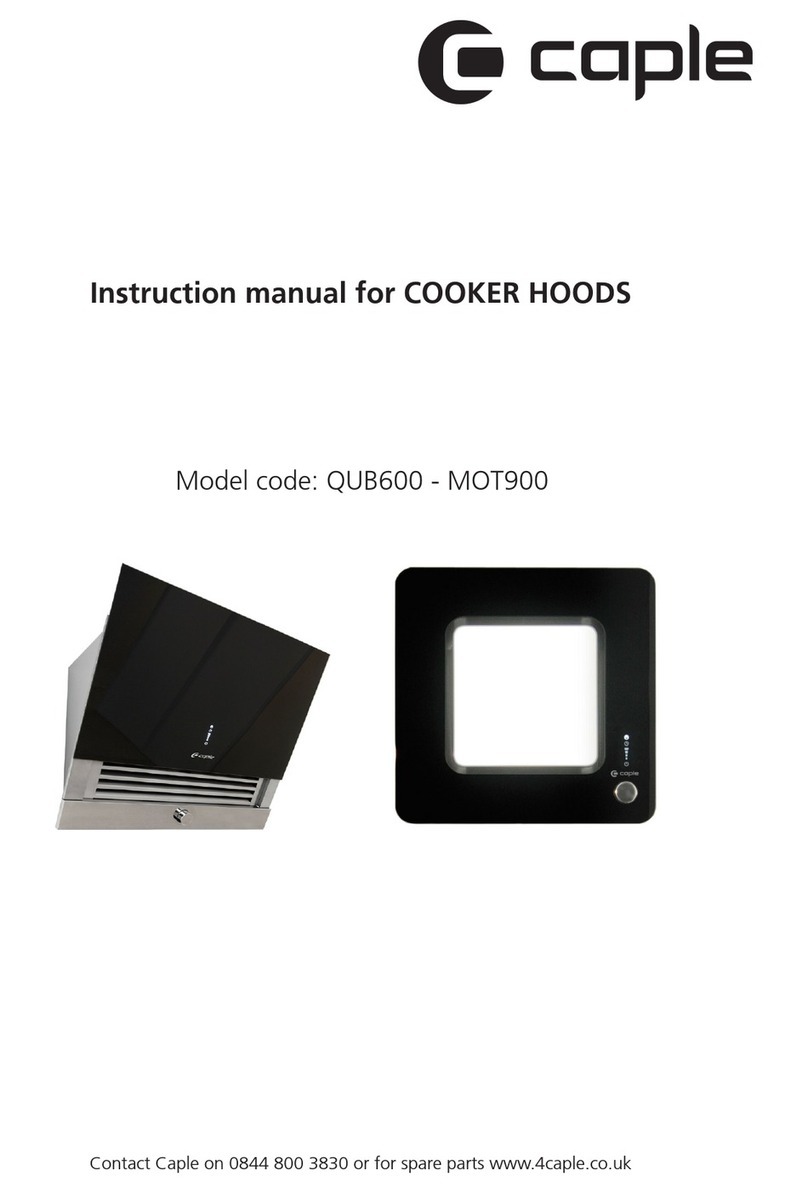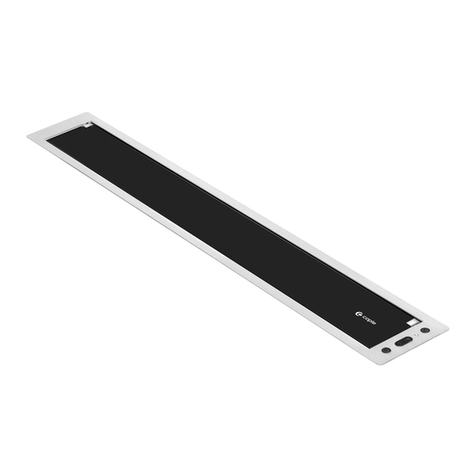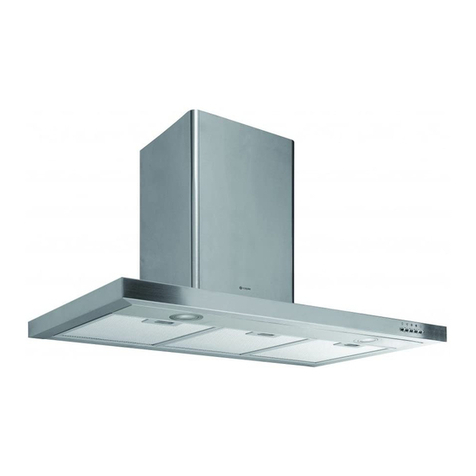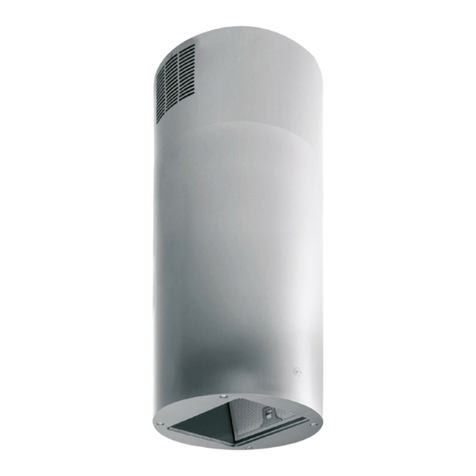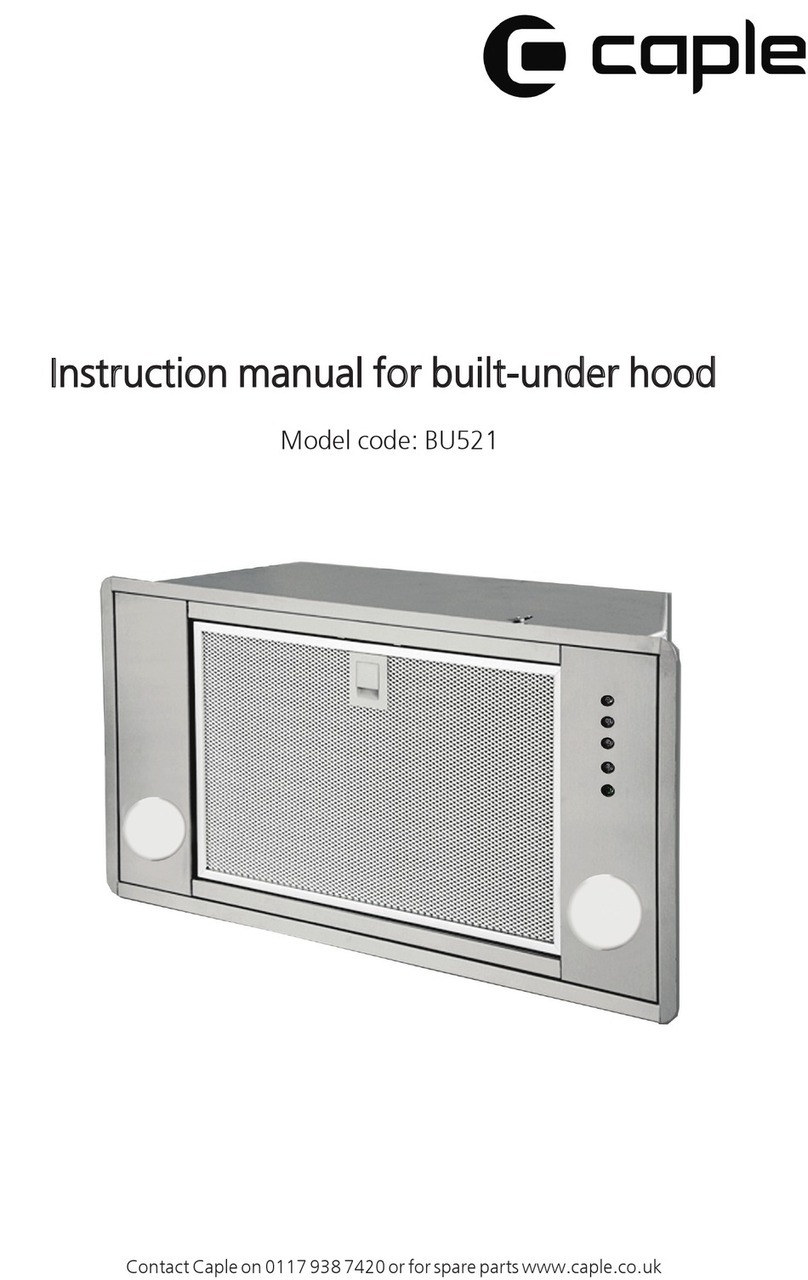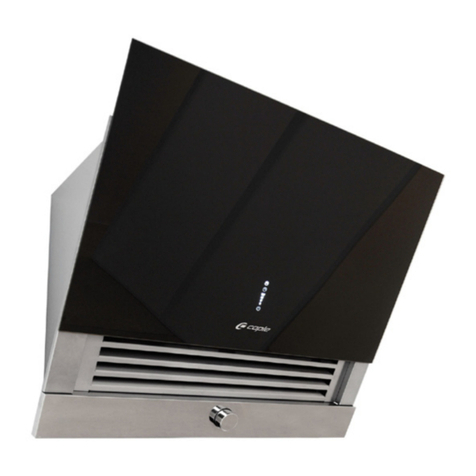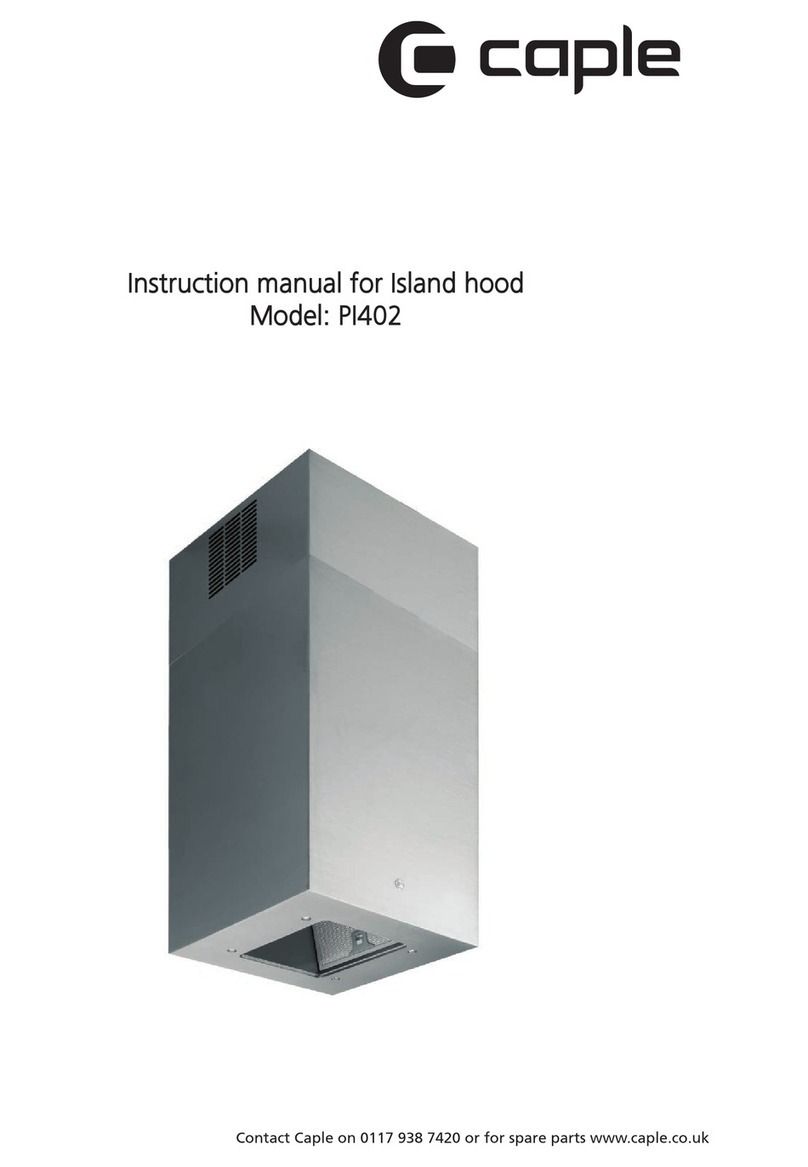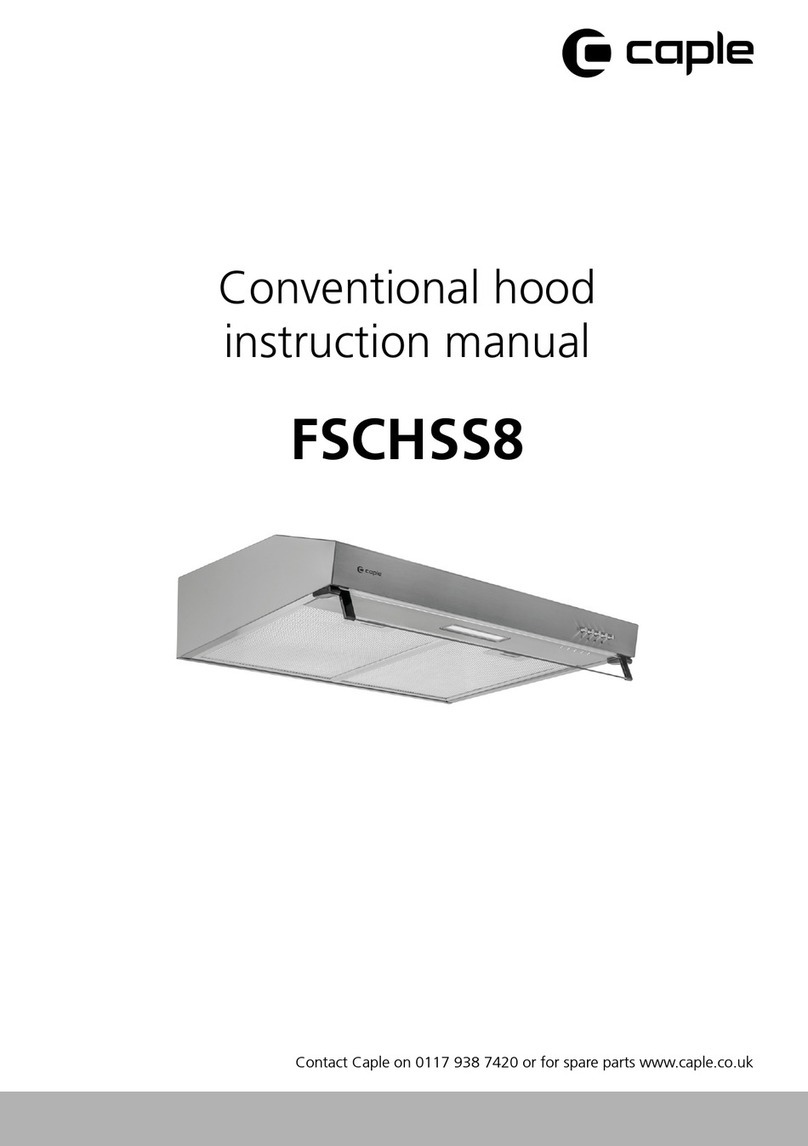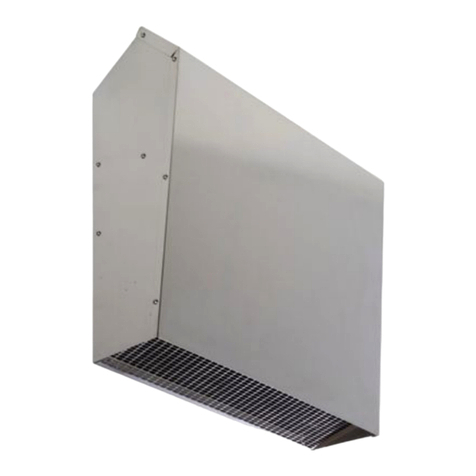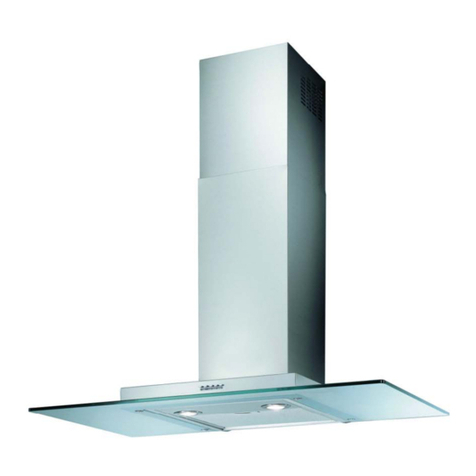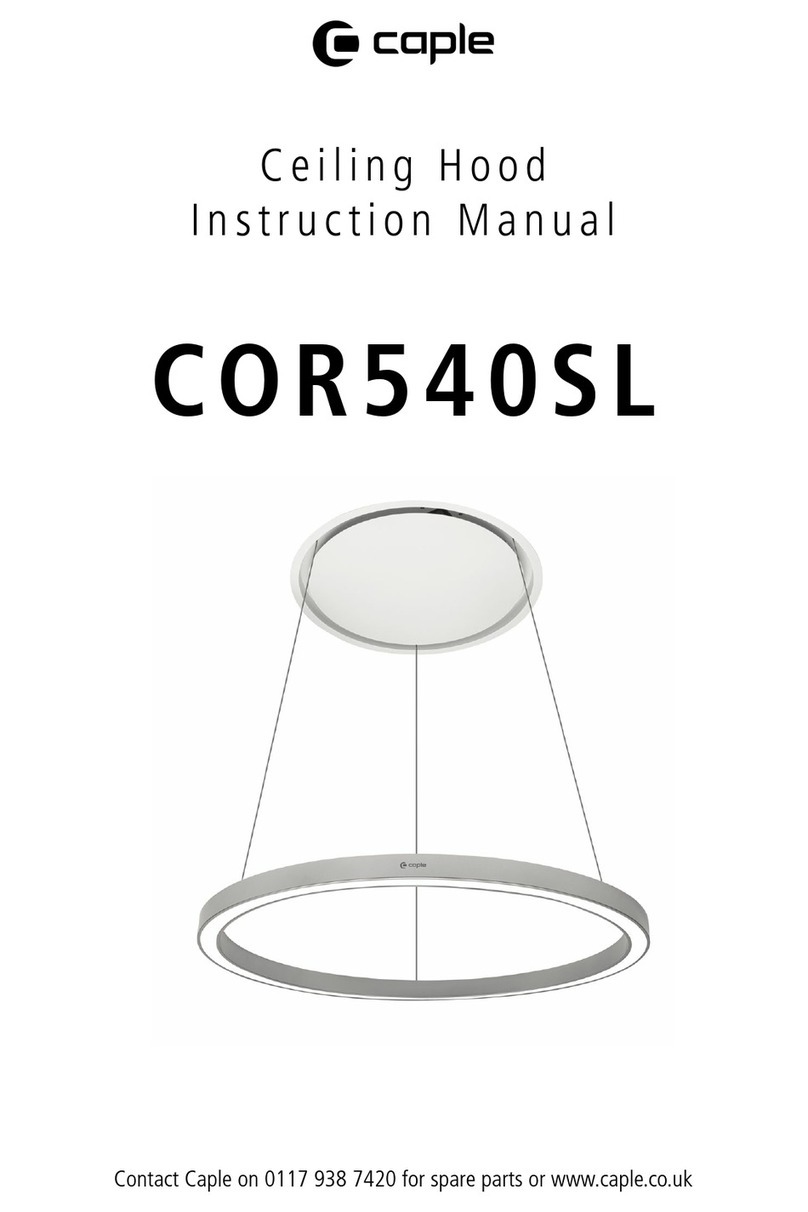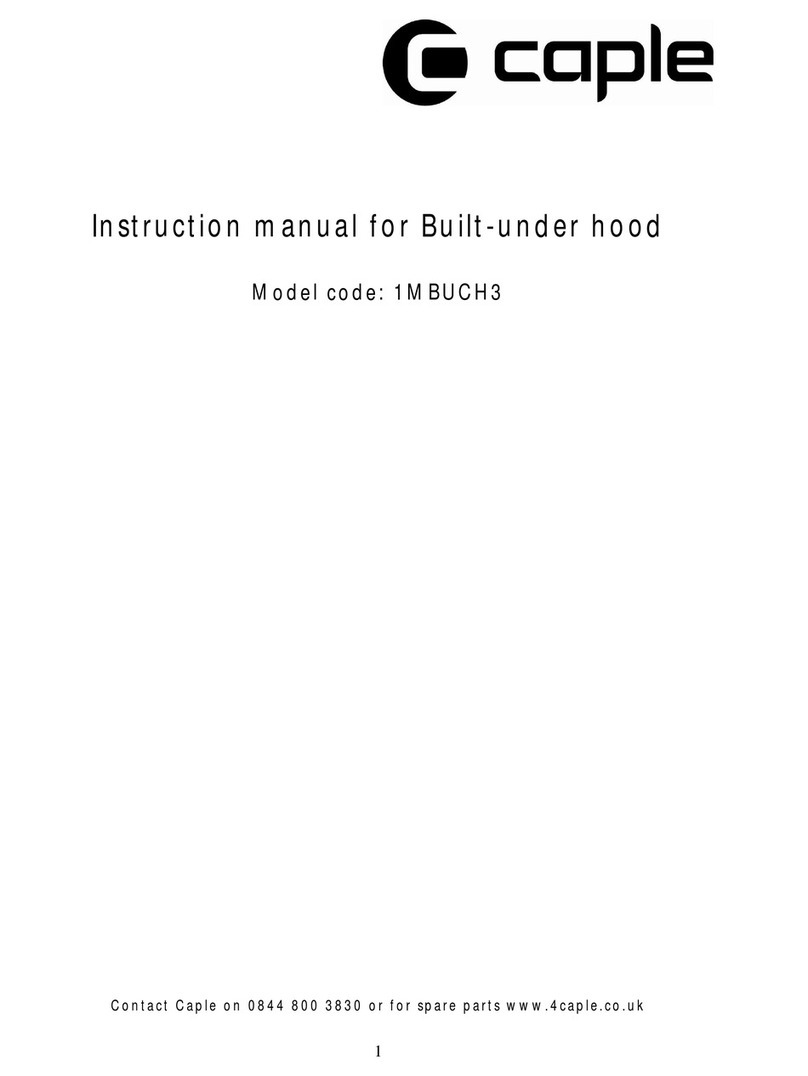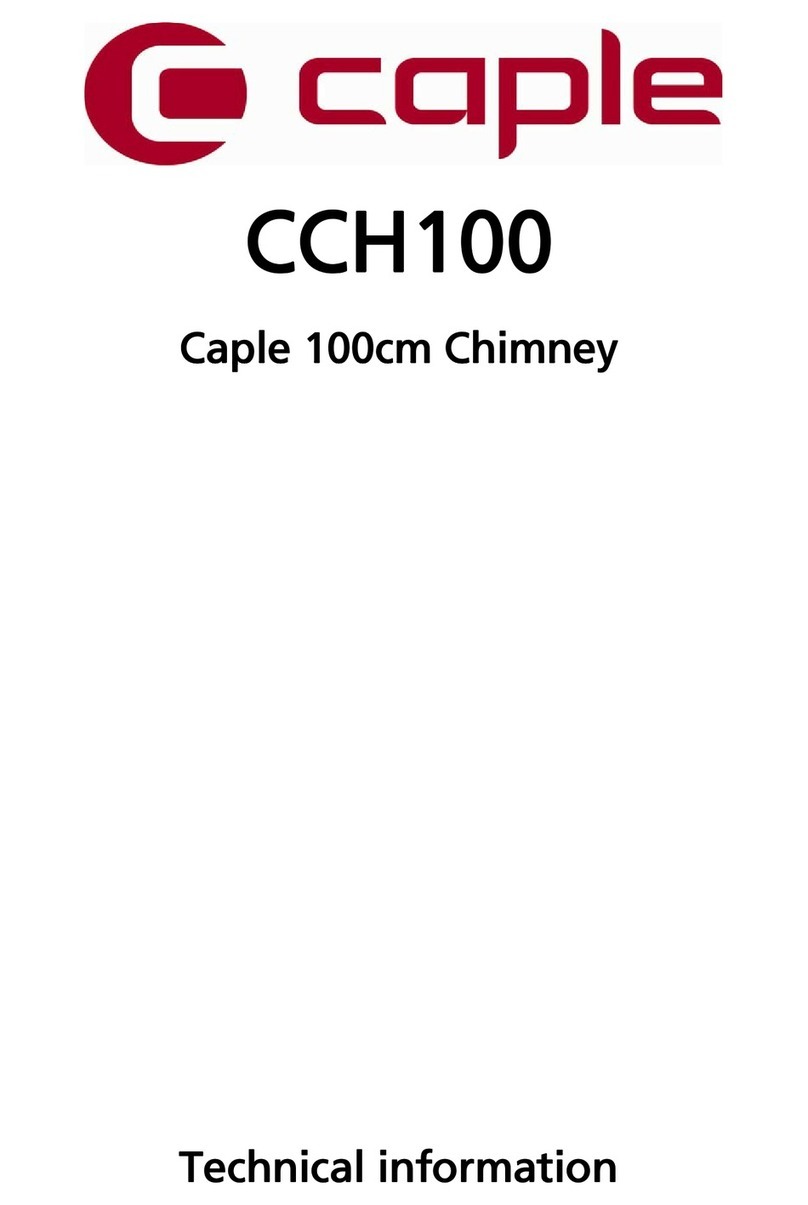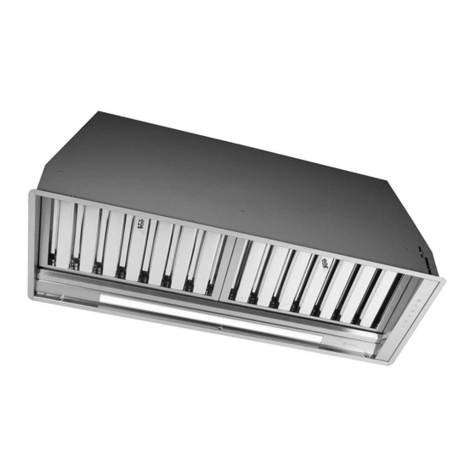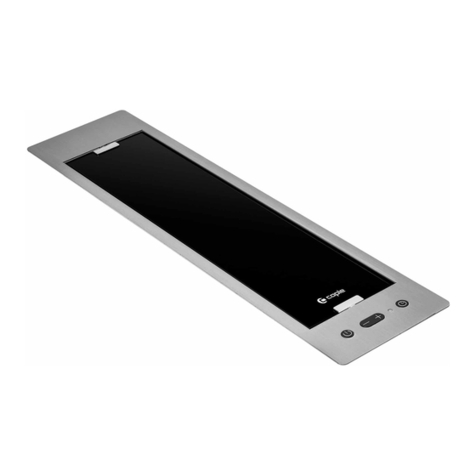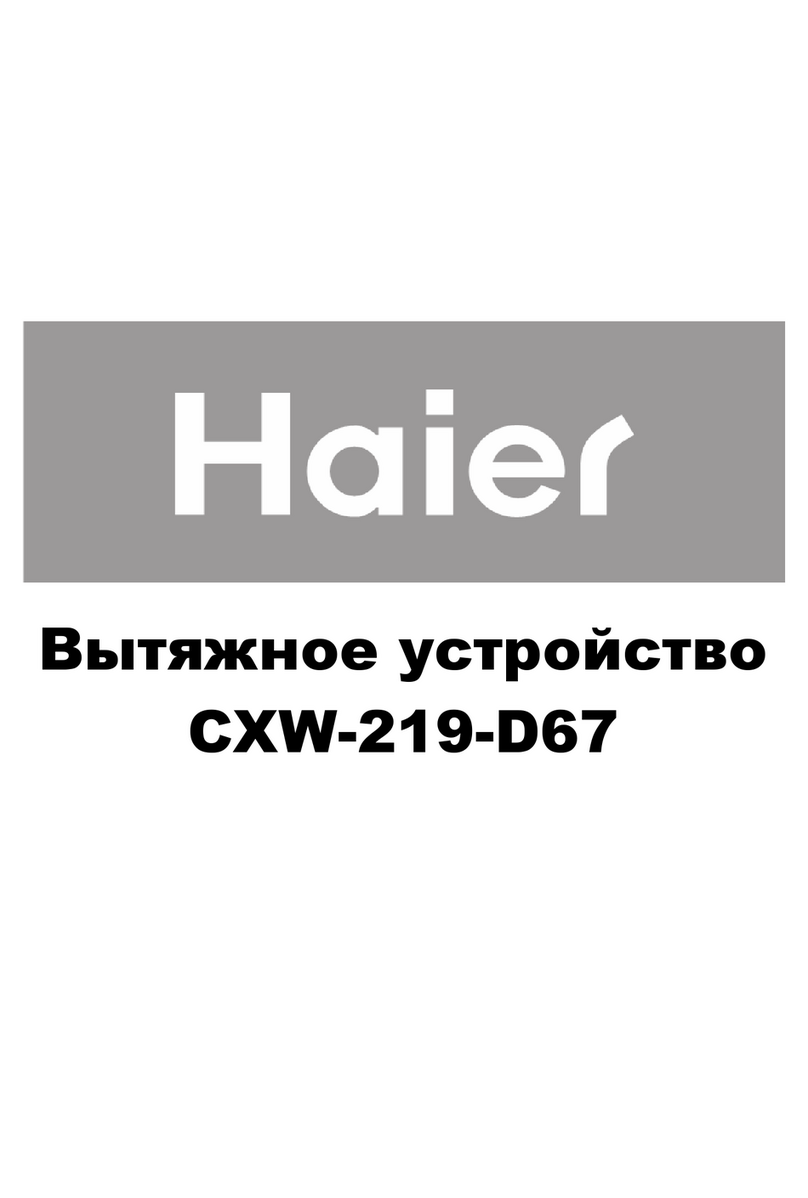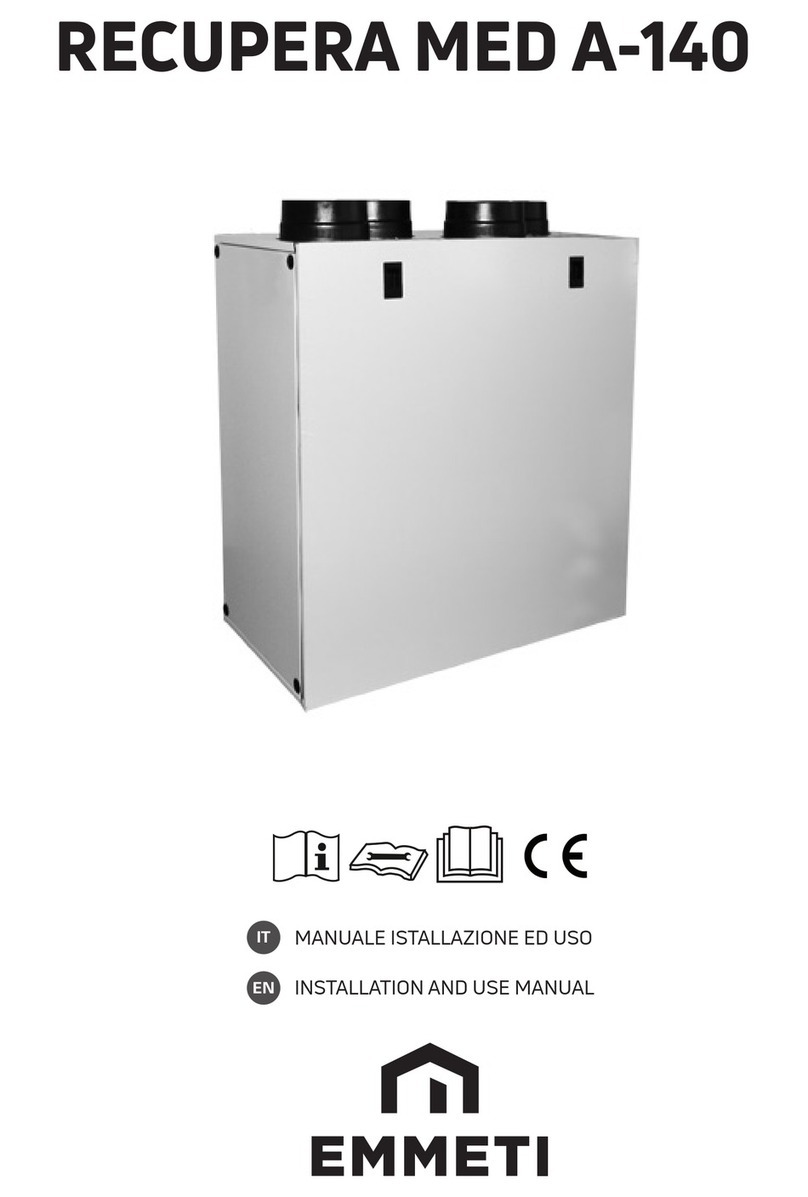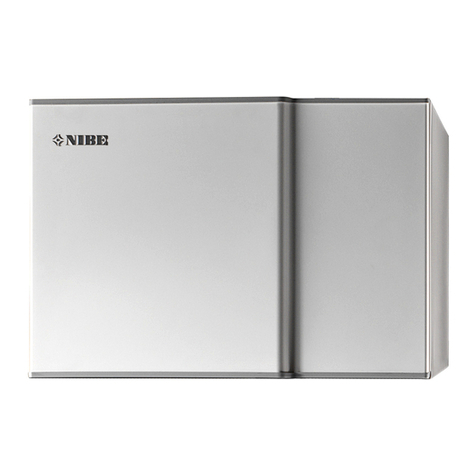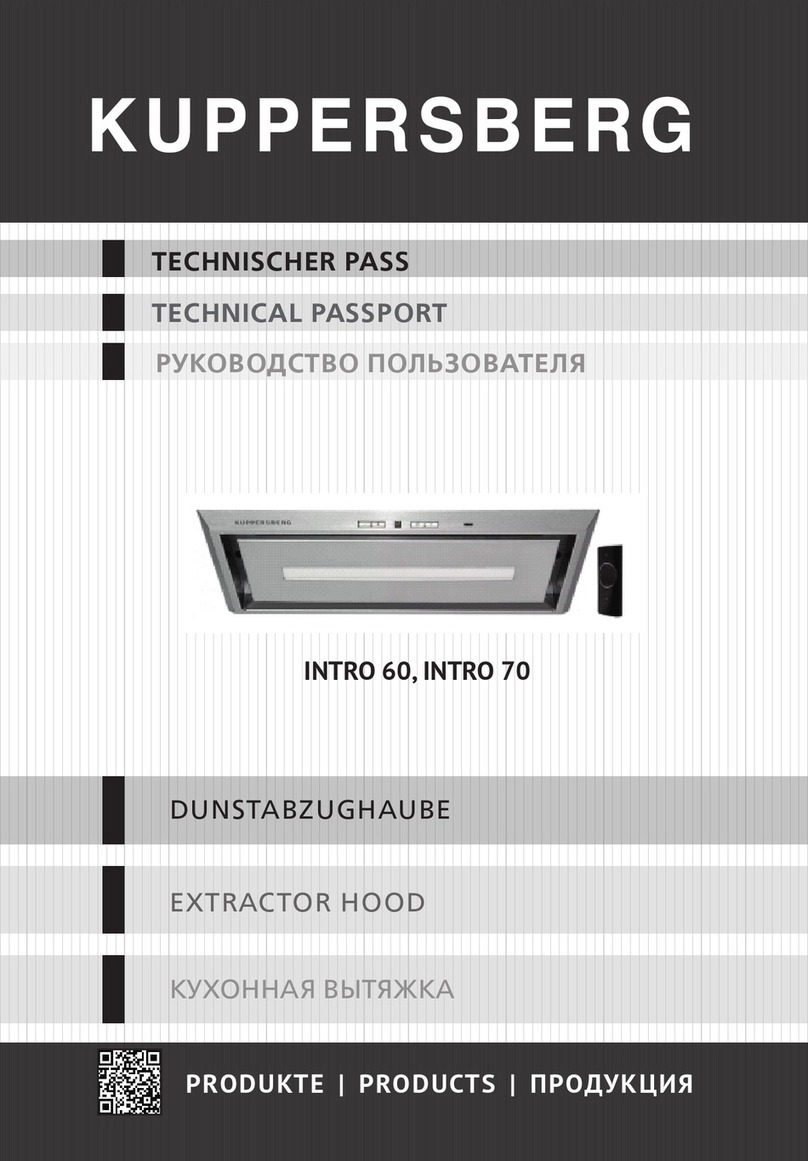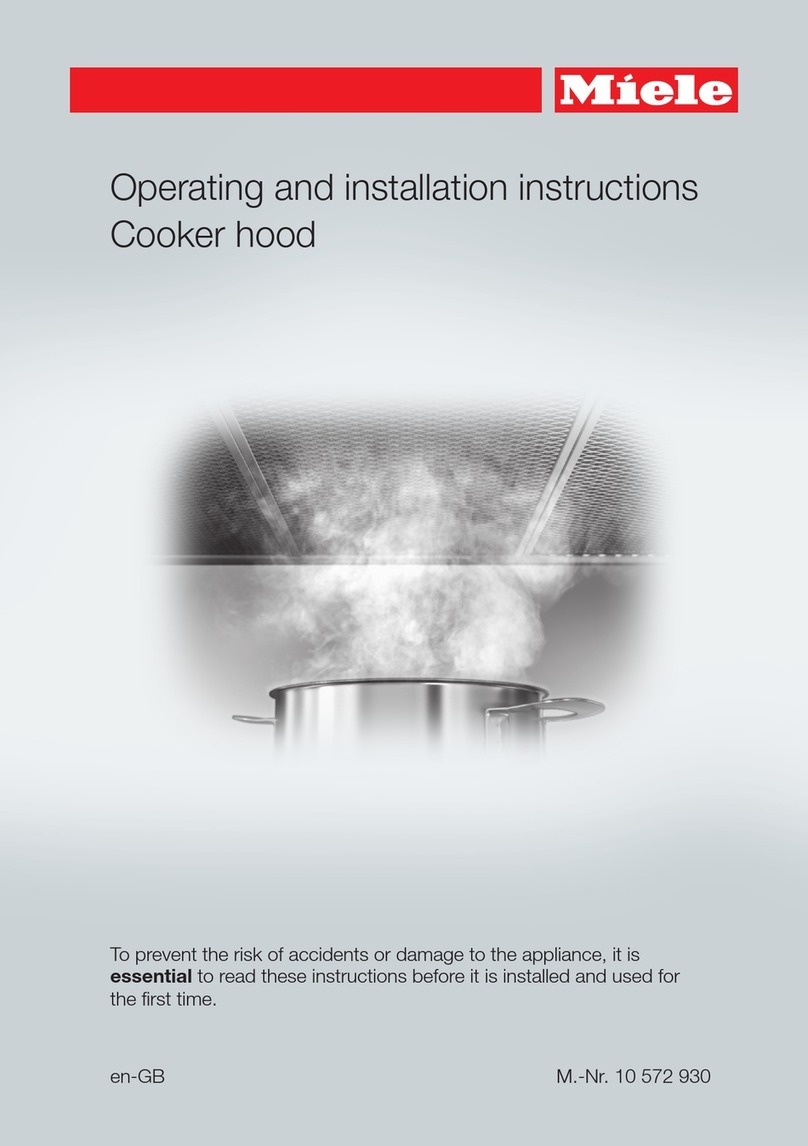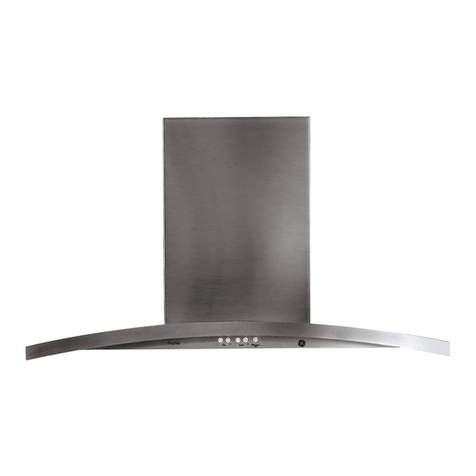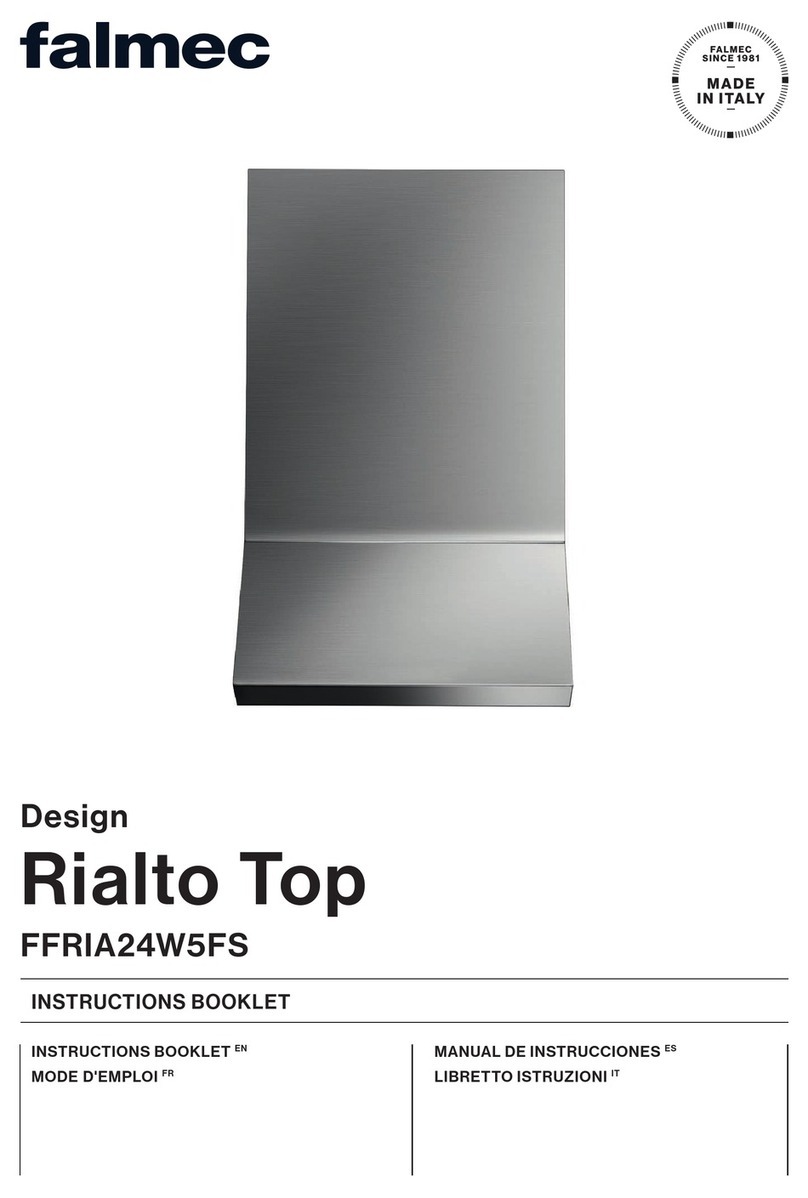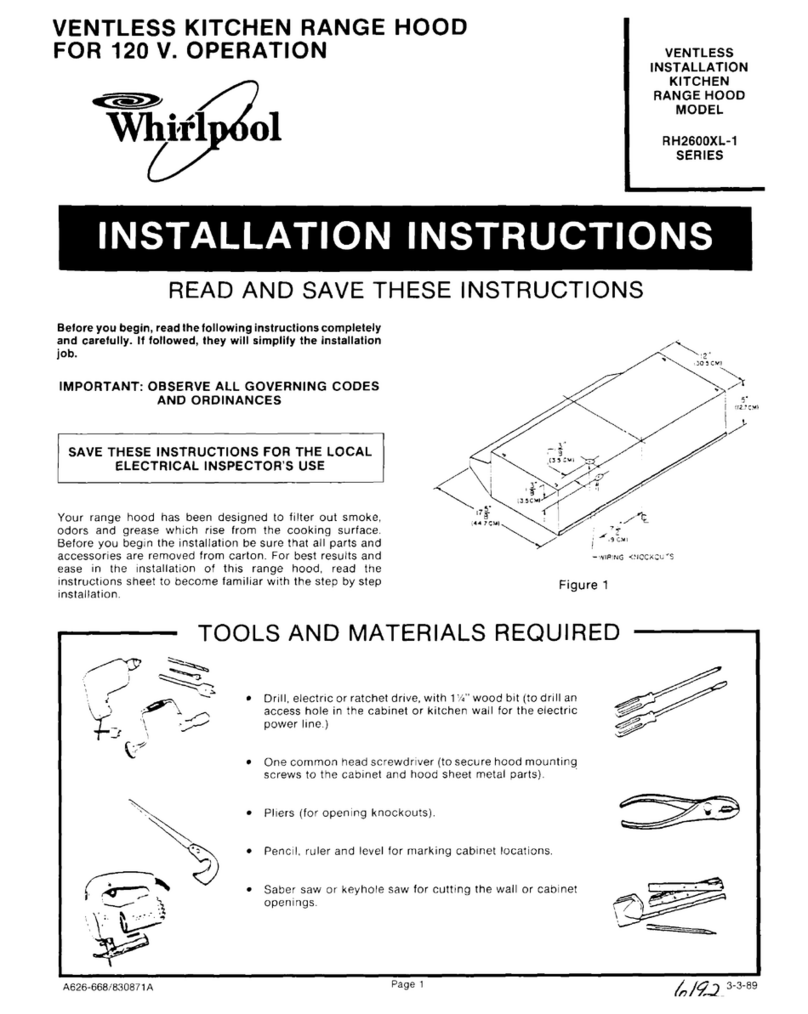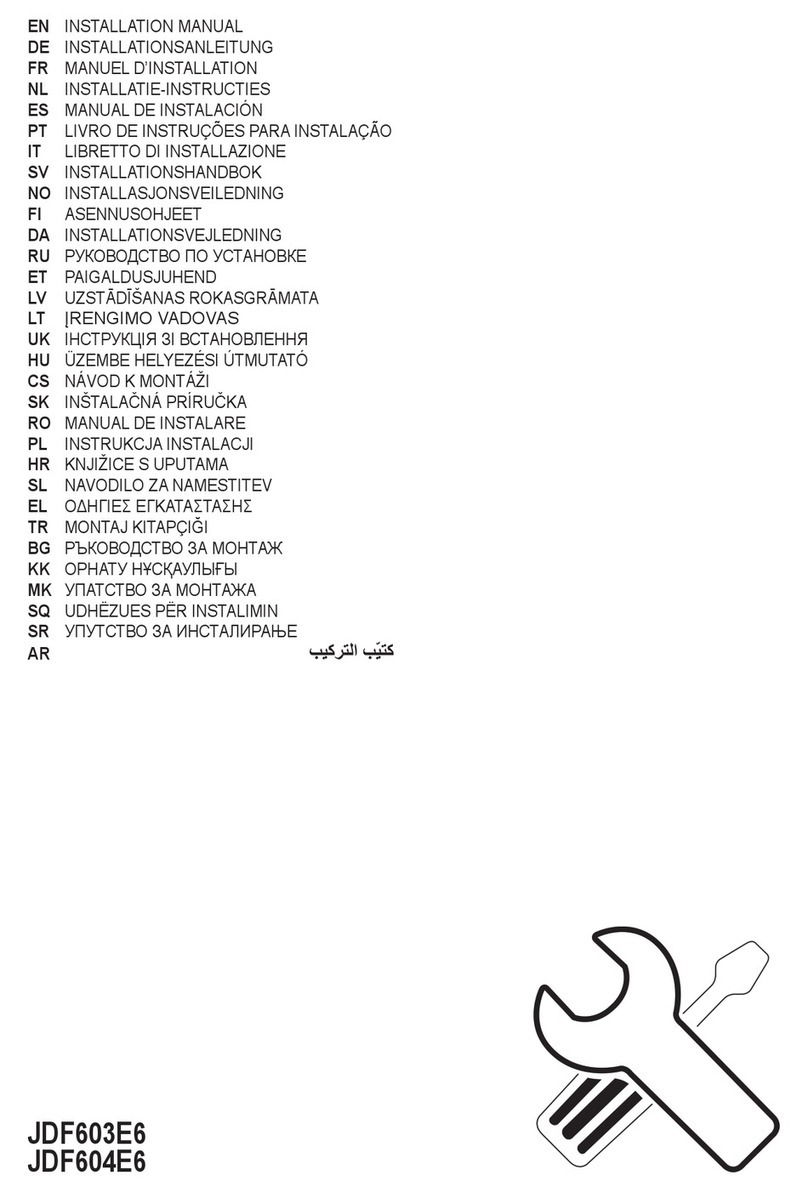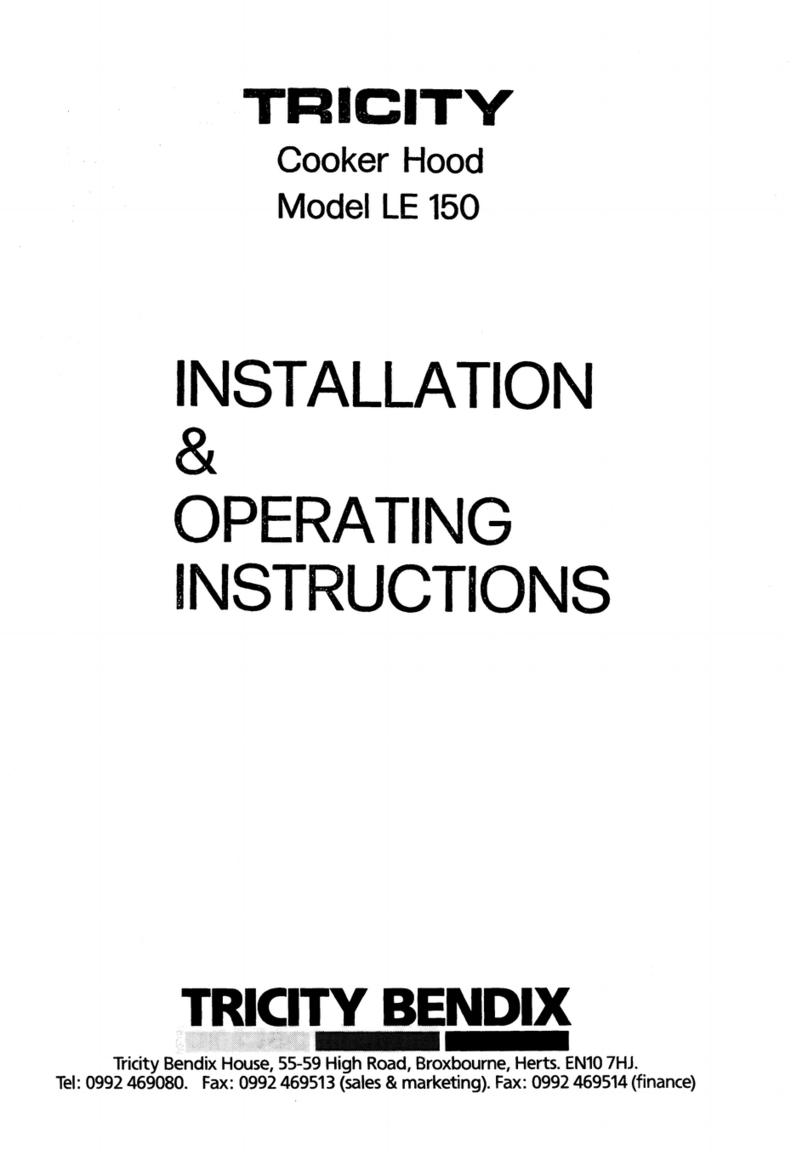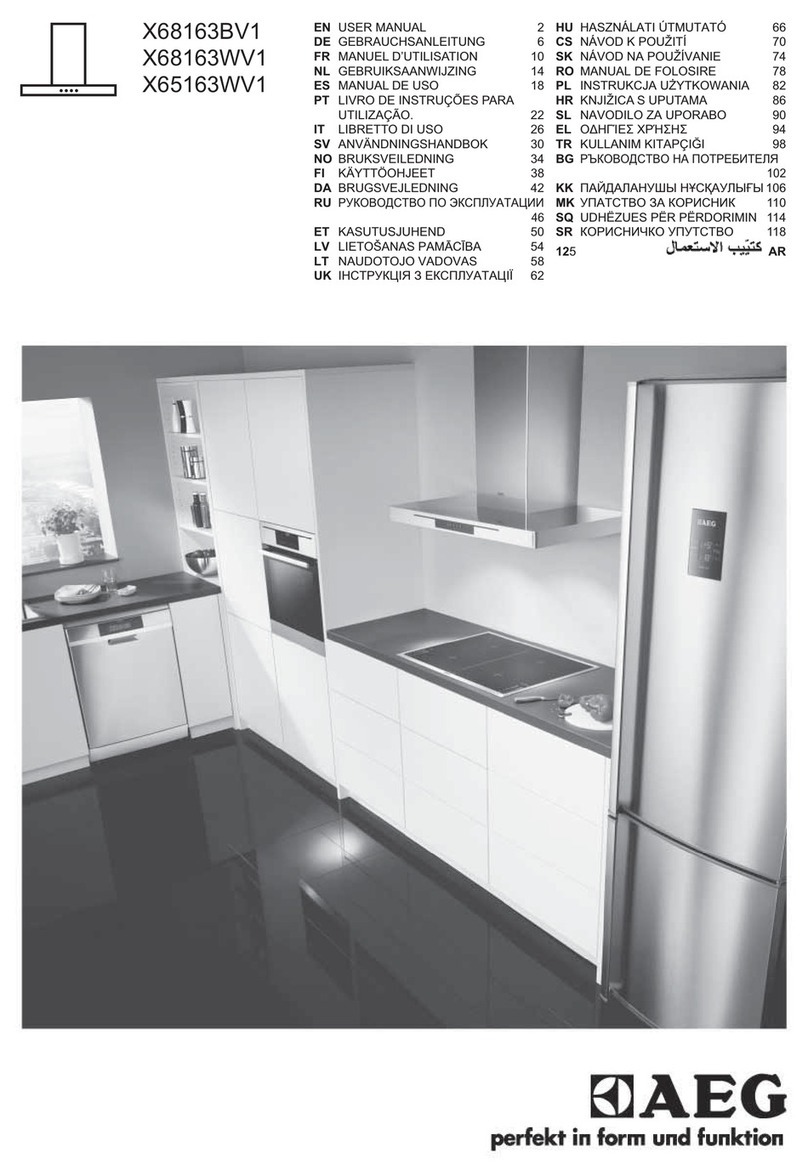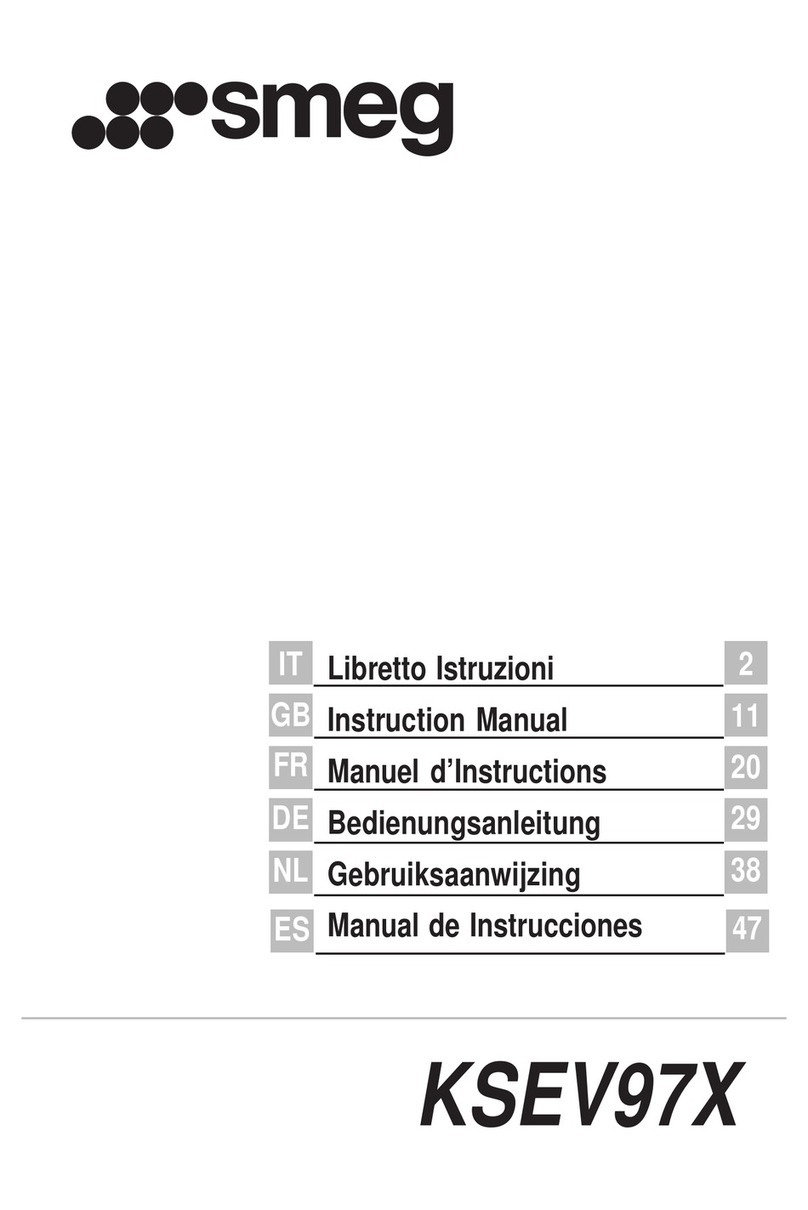8
tazione deve passare nel foro centrale della
ceramica, vedi g. 3.
Prelevare dall’imballaggio la piastra metallica
a sotto quindi far passare i cavi in acciaio
all’interno degli appositi supporti, come da
gura 4.
Regolare l’altezza desiderata del prodotto
facendo scorrere più o meno i cavi in accia-
io all’interno del supporto, occorre svitare e
spingere il supporto per permettere lo scor-
rimento del cavo, vedi g.5. Vericare che la
rimanenza dei cavi in acciaio, dopo i supporti
indicati in g. 6, siano della stessa lunghezza
in maniera da accertare verrà installato per-
fettamente parallelo al sotto.
Bloccare i cavi in acciaio serrando l’apposito
supporto, avvitandolo come da g.6.
Aggiungere i morsetti come ulteriore garan-
zia al bloccaggio del cavo in acciaio g. 7.
Avvicinare la cappa al sotto ed agganciare
la piastra alle viti precedentemente installate
(g. 8A).
Serrare le tre viti assicurando la piastra a sof-
tto quindi bloccare denitivamente il pro-
dotto aggiungendo la vite di sicurezza, vedi
(g. 9B).
Eettuare il collegamento elettrico.
Sollevare la copertura in ceramica no a rag-
giungere il sotto (g.10), assicurarsi che le
molle abbiano agganciato perfettamente la
copertura in ceramica.
Installare il ltro antigrasso, avendo cura di
agganciare prima i cavi in acciaio di sicurez-
za, come da g. 16.
Il ltro antigrasso deve essere posizionato
orientando, l’apposita apertura in coinciden-
za dell’indicatore di velocità (g. 17).
Nel caso in cui la copertura in ceramica, del
corpo funzionale, non sia perfettamente in
piano o non sia parallela al corpo funzionale,
è possibile eettuare una regolazione suc-
cessiva all’installazione.
Rimuovere il ltro antigrasso come indicato
nel capitolo manutenzione.
Usando un giravite a croce avvitare o svitare
le tre viti (g.13A) in maniera da alzare o ab-
bassare la ceramica nel lato desiderato (g.
14). A seguito della regolazione ripristinare i
gommini ed il ltro antigrasso.
INSTALLAZIONE
Vericare che l’imballo sia integro e all’inter-
no tutti i componenti siano integri, in caso
contrario contattare il rivenditore e non pro-
seguire con l’installazione.
La ditta produttrice non risponde per dan-
ni causati durante la movimentazione e
l’installazione del prodotto.
Prima di procedere all’installazione legge-
re attentamente tutte le istruzioni di se-
guito riportate.
ATTENZIONE: Questo prodotto è realizza-
to in ceramica e necessita pertanto di una
accurata e attenta movimentazione, come
pure di una professionale e diligente in-
stallazione.
Prelevare il prodotto dall’imballo e posizio-
narlo in una zona idonea, si consiglia di uti-
lizzare del materiale morbido come spugna o
panno, su cui appoggiare il prodotto.
Utilizzando l’apposita maschera di foratura,
fornita in dotazione, praticare al sotto i 4
fori indicati.
Il centro della maschera di foratura deve
coincidere con il centro del piano cottura.
Inserire nei fori praticati i tasselli forniti in
dotazione, avvitare ma non serrare no in
fondo; le tre viti nei tasselli corrisponden-
ti alle forature con scarico per la testa della
vite (Fig.8 A) mantenendo libero il foro per
la vite di sicurezza (Fig. 9 B) che va aggiunta
successivamente.
Posizionare la copertura in ceramica sopra
il corpo aspirante ed inserire i cavi in acciaio
all’interno dei tre fori della ceramica, come
indicato in gura (Fig. 1 ).
Passare il cavo di alimentazione all’interno
della griglia uscita aria, vedi gura 2
La parte in ceramica deve coprire perfetta-
mente la parte in metallo indicata, nel dise-
gno esploso, come particolare D.
Prelevare dall’imballaggio la ceramica di co-
pertura della piastra a sotto (vedi disegno
esploso particolare B), posizionarla sopra la
cappa e far passare i cavi in acciaio all’inter-
no dei tre fori della ceramica, il cavo alimen-

